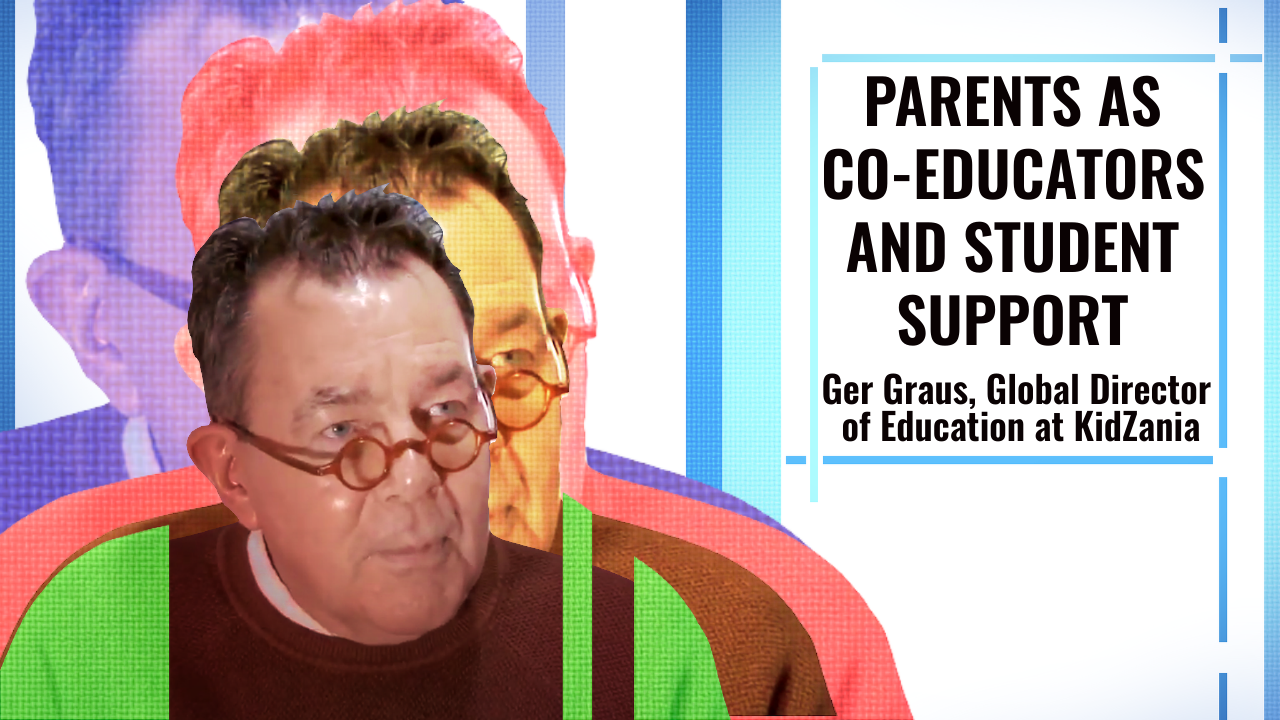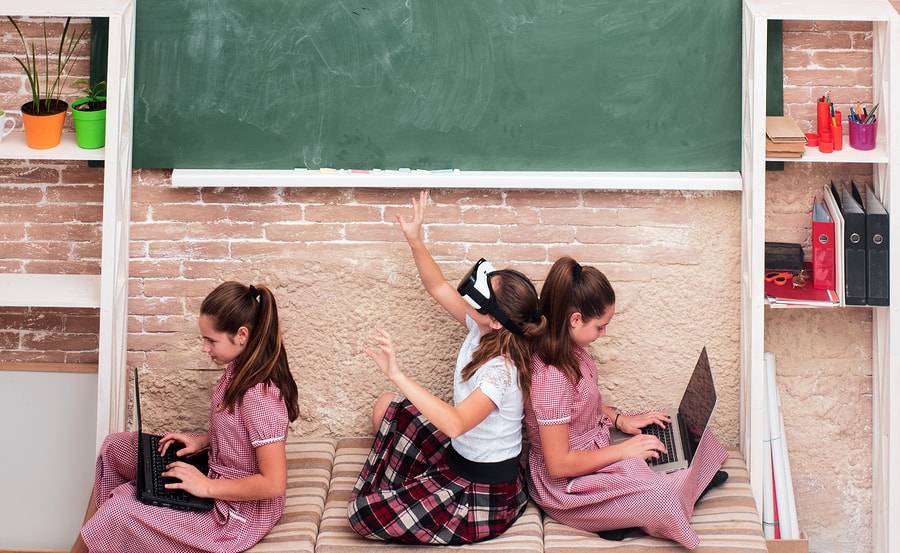According to the International Dyslexia Association, one in 10 people has it.
Photo: Bigstock
Although 20% of children of school age in the United States are dyslexic, they do not receive the specialized education they need, mainly when teaching them to read.
Although there is a law in the United States that forces public schools to provide aid to children with dyslexia, students who suffer from this learning disability do not receive an appropriate education. Mainly because public schools fail to identify the kids with dyslexia, and when a specialist does, in some cases, the school refuse to recognize it.
5 and 12 percent of children in the United States are dyslexic, but only 4.5 percent of students in public schools get diagnosed. Besides, the majority who do get diagnosed are at least in the third grade, delaying the proper education they need to know how to read.
There are proven approaches that help students with dyslexia learn and improve their school performance using multisensory teaching.
The Orton-Gillingham approach
One of the most popular multisensory teaching approaches to help children with learning disabilities is the Orton-Gillingham, which focus on understanding the mechanisms involved in learning and its processes. It is based on personalized learning and continuously assess the progress of the student according to their needs and growth.
One of its main characteristics is the constant interaction between the teacher and the student using auditory, visual and kinetic elements, making the student listen, speak, read and write. For example, a child sees the letter E, and pronounces it and writes it in the air at the same time.
Another characteristic is that it is sequential and cumulative, this allows to follow the logical order of the language. Start with the simplest concepts and, as students learn new material, continue reviewing the previous content to reinforce it.
It also uses synthetic and analytical instructions to present the parts of the language, followed by how they work together to form a word. That means that students start reading and writing sounds in isolation, then they mix the sounds in syllables and words.
If teachers are trained to identify and intervene early in the education of students with dyslexia, 90 percent of children could be taught in regular inclusive classes, which would not only benefit students with dyslexia but all.
This article from Observatory of the Institute for the Future of Education may be shared under the terms of the license CC BY-NC-SA 4.0 
)
)











)
Rubí Román
Rubí Román
Rubí Román